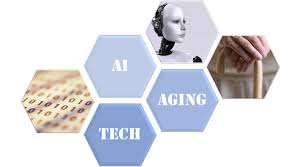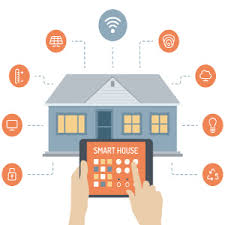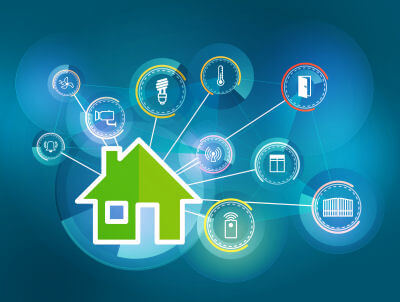Older adults can save tens of thousands of dollars annually by choosing assisted living communities over aging in place in their homes.
Unlike point solutions, Inspiren unifies resident safety, care planning, staffing, and emergency response into a single AI-powered platform.
An artificial intelligence-powered virtual assistant platform for senior living and care providers.

 AI matters for older adults. Over the last few years, a growing number of applications of AI and machine learning have entered the market of
AI matters for older adults. Over the last few years, a growing number of applications of AI and machine learning have entered the market of  Smart home devices are not smart about tech support. The
Smart home devices are not smart about tech support. The  What care delivery has seen an uptake in technology adoption? People imagined that post-Covid-19, technology would become much more compelling in all types of care delivery. And for sure, the pandemic institutionalized the role of in-home telehealth, with CMS reimbursement
What care delivery has seen an uptake in technology adoption? People imagined that post-Covid-19, technology would become much more compelling in all types of care delivery. And for sure, the pandemic institutionalized the role of in-home telehealth, with CMS reimbursement  The opportunity for embedded and AI-enabled sensors in smart clothing. The growth of the sensor market has created an opportunity for more focus on smart clothing, which has been around a long time,
The opportunity for embedded and AI-enabled sensors in smart clothing. The growth of the sensor market has created an opportunity for more focus on smart clothing, which has been around a long time,  So many really want to help older adults – yet so often ‘help’ can be elusive. Look at the ludicrous amount of time it took to officially enable buying hearing aids over the counter. Look at the ten years or more between the first wave of useful sensor tech for seniors (2005 with
So many really want to help older adults – yet so often ‘help’ can be elusive. Look at the ludicrous amount of time it took to officially enable buying hearing aids over the counter. Look at the ten years or more between the first wave of useful sensor tech for seniors (2005 with